-
Learn More
The 2016 Acting on the Call Report examines how an equity-based approach can save the lives of 8 million women and children from the poorest 40 percent of the population by 2020.
-
Learn More
The new report describes how USAID's maternal and child survival efforts in 24 priority countries have saved the lives of 4.6 million children and 200,000 women since 2008.
-
Learn More
The new report shows how USAID's maternal and child survival efforts have resulted in nearly two-and-a-half million more children surviving and 200,000 maternal deaths averted since 2008 in our 24 priority countries.
-
Learn More
Learn how USAID plans to save the lives of 15 million children and nearly 600,000 women by 2020.

Since 2008, the U.S. Agency for International Development's (USAID's) efforts in 24 priority countries have saved the lives of 4.6 million children and 200,000 women.
USAID's 2014 Acting on the Call Report formulated country-specific plans for working with partners in 24 priority countries to save the lives of mothers and children. The follow-up 2015 Acting on the Call Report provided country-by-country progress updates with new recommendations for reaching 38 million women with increased access to high-quality health services around the time of delivery.
USAID's 2016 Acting on the Call Report builds on the 2014 and 2015 Reports with new updates on progress made over the past year in 24 priority countries, which together now account for more than two-thirds of child and maternal deaths worldwide. This year, USAID introduced Burma as the 25th priority country, and preliminary data is provided in the 2016 report.
For the first time, the 2016 Acting on the Call Report further outlines how, with a new emphasis on the equitable access to health services, we can save the lives of 8 million women and children in the bottom 2 wealth quintiles alone – the poorest 40 percent of the population – by 2020. The Report examines the underlying causes of inequity across maternal and health services and examines how to accelerate progress toward ending preventable child and maternal deaths through an equity-based approach.
Learn More
- View a fact sheet [PDF, 6.8MB] on the 2016 Acting on the Call Report.
- Download and print the fact sheet on 11" x 17" paper [PDF, 1.2MB]
- Download and print the fact sheet on 8.5" x 11" paper [PDF, 2.1MB]
- Read the remarks by Administrator Gayle Smith at the Acting on the Call: Ending Preventable Child and Maternal Deaths in an Equitable Way Event
- Follow @USAIDGH for up-to-date information, and use the hashtag #MomAndBaby to join the conversation. Find more content for sharing in the social media toolkit.
- Read the 2015 Acting on the Call Report [PDF, 11MB]
- Find out more information from the press release.
- Read the landmark 2014 Acting on the Call Report and learn more about the 2014 Acting on the Call event.
- Learn more about USAID's role in maternal and child health.







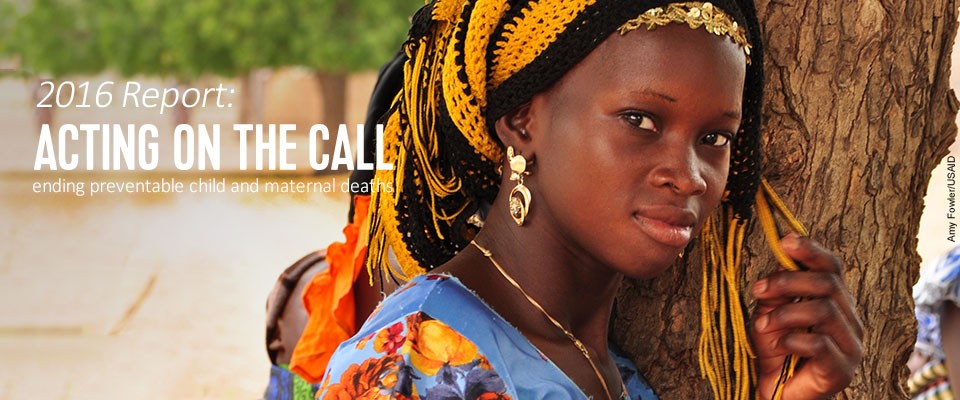
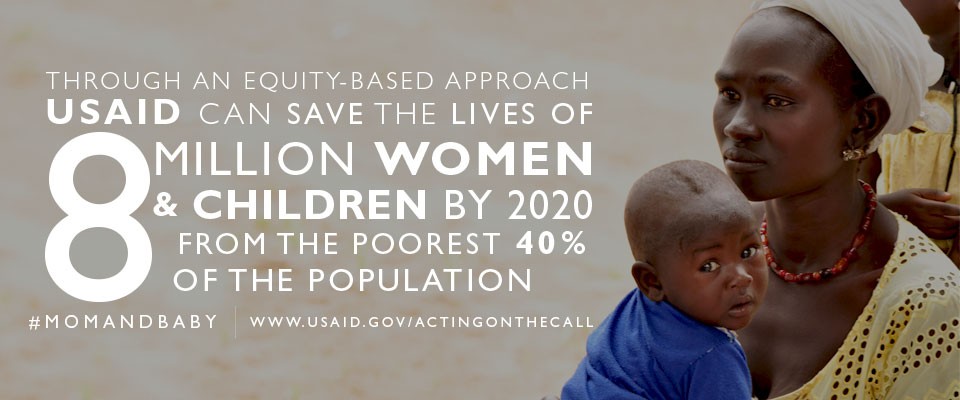
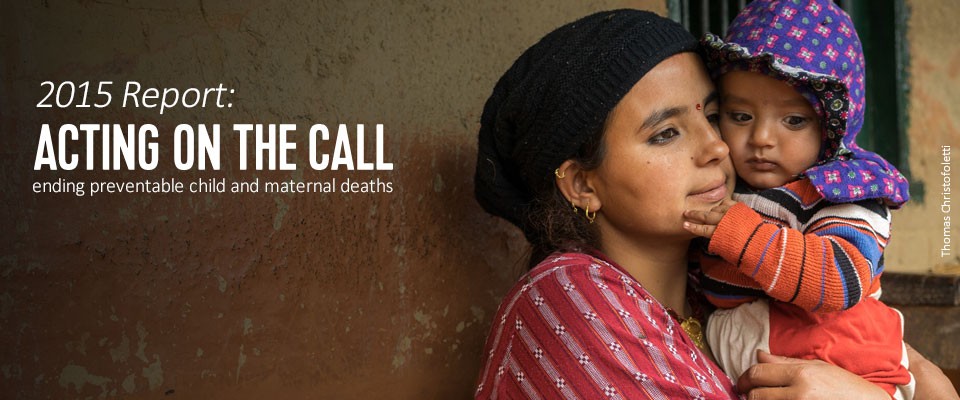
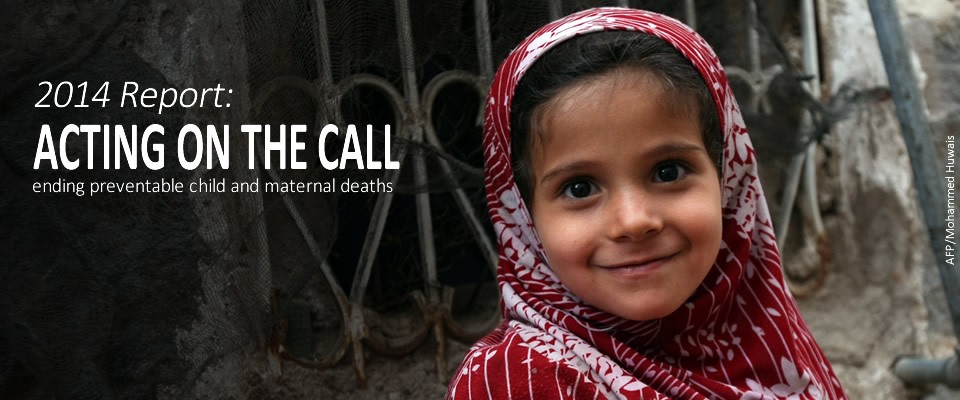
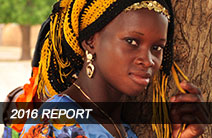
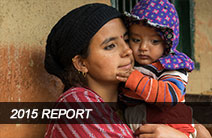
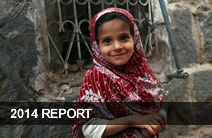
Comment
Make a general inquiry or suggest an improvement.